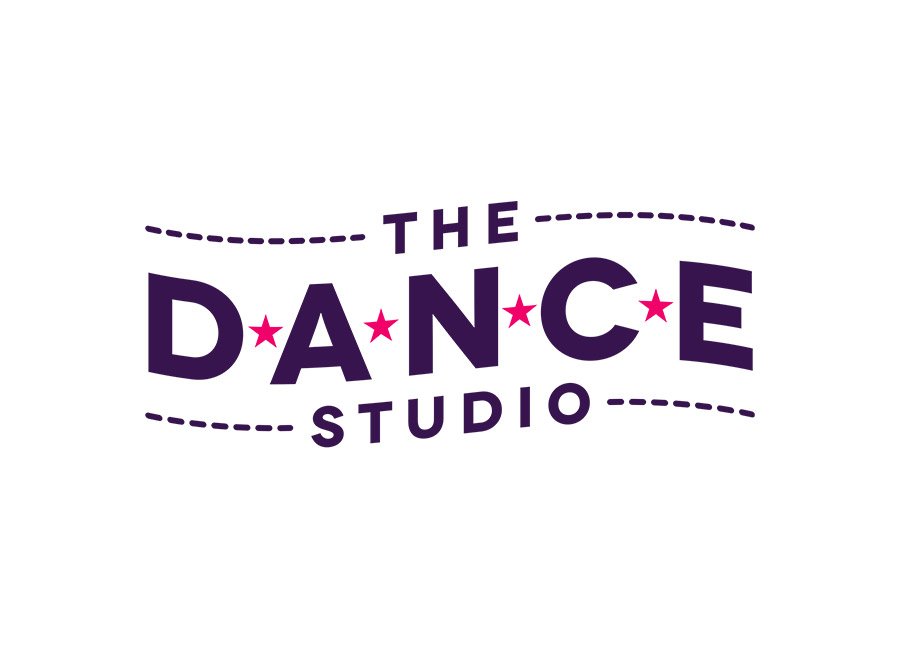Facioscapulohumeral Muscular Dystrophy (FSHD) is a rare genetic disorder that affects the muscles in the face, shoulders, and upper arms. In this article, we will provide you with simple explanations for various aspects of FSHD, including its types, causes, symptoms, diagnostic tests, treatments, drugs, and surgery options.
Types of FSHD:
- FSHD Type 1: This is the most common form of FSHD and is typically diagnosed during adolescence or early adulthood.
- FSHD Type 2: This type is less common and often appears later in life, with symptoms usually starting after the age of 40.
Causes of FSHD:
- Genetic Mutation: FSHD is caused by a genetic mutation in the DUX4 gene. This mutation leads to the production of a protein that harms muscle cells.
- Inheritance: FSHD can be inherited from one or both parents who carry the mutated gene.
Symptoms of FSHD:
- Facial Weakness: People with FSHD often have difficulty smiling, closing their eyes tightly, or puckering their lips.
- Shoulder Weakness: Weakness in the muscles around the shoulder blades can make it challenging to lift the arms.
- Upper Arm Weakness: The upper arm muscles can become weak, making it difficult to reach overhead or carry heavy objects.
- Hearing Loss: Some individuals with FSHD may experience hearing loss.
- Difficulty Swallowing: In severe cases, swallowing can be affected, leading to problems with eating and drinking.
- Foot Drop: Weakness in the lower leg muscles can cause difficulty in lifting the front part of the foot, leading to a foot-drop gait.
Diagnostic Tests for FSHD:
- Genetic Testing: A blood test can confirm the presence of the genetic mutation responsible for FSHD.
- Muscle Biopsy: A small sample of muscle tissue is taken and examined under a microscope to check for specific changes.
- Electromyography (EMG): This test measures the electrical activity in muscles and can help diagnose muscle disorders.
- MRI Scans: Magnetic Resonance Imaging can reveal muscle abnormalities in FSHD.
Treatments for FSHD:
- Physical Therapy: This therapy can help maintain muscle strength and improve mobility.
- Occupational Therapy: It focuses on improving daily living skills and independence.
- Braces and Mobility Aids: Orthopedic devices like braces, splints, and canes can provide support and aid in mobility.
- Pain Management: Medications and therapies can help manage pain associated with FSHD.
- Speech Therapy: For individuals with swallowing difficulties, speech therapy can be beneficial.
Drugs for FSHD:
- Creatine Supplements: Creatine may help improve muscle strength.
- Pain Relievers: Over-the-counter or prescription pain medications can provide relief from muscle pain and discomfort.
- Immunosuppressive Drugs: In some cases, these drugs are used to reduce inflammation in affected muscles.
Surgery for FSHD:
- Tendon Release Surgery: This procedure can help improve joint function by releasing tight tendons.
- Nerve Decompression: Surgery to release pressure on nerves affected by muscle weakness.
- Joint Fusion: In severe cases of joint instability, fusion surgery may be necessary.
- Facial Reconstructive Surgery: For those with significant facial muscle weakness, reconstructive surgery can improve facial function.
In summary, FSHD is a genetic disorder that primarily affects the face, shoulders, and upper arms. It can lead to various symptoms, including muscle weakness and difficulty with facial expressions. Diagnosing FSHD involves genetic testing and other medical assessments. Treatment options include physical therapy, medications, and surgery, depending on the severity of the condition. While there is no cure for FSHD, these treatments can help manage its symptoms and improve the quality of life for those affected by this rare condition.
Disclaimer: Each person’s journey is unique, treatment plan, life style, food habit, hormonal condition, immune system, chronic disease condition, previous medical history is also unique. So always seek the best advice from a qualified medical professional or health care provider before trying any treatments to ensure to find out the best plan for you. This guide is for general information and educational purposes only. If you or someone are suffering from this disease condition bookmark this website or share with someone who might find it useful! Boost your knowledge and stay ahead in your health journey. Thank you for giving your valuable time to read the article.
















